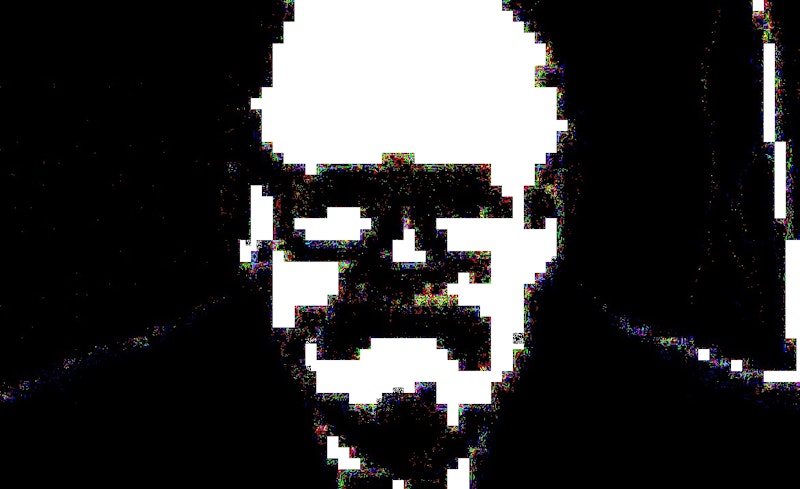“Due to unexpected delays, we won’t be landing at New York John F. Kennedy Airport for another… um… four hours… we’re sorry… we’re going to have to circle for a bit…” Isadora’s confidence evaporated mid-sentence as she saw Enzo fuming, fidgeting, and getting ready to cause a scene. Giuseppe was holding him back, his precious director held back only by his left arm and a weaker seatbelt, ready to kill the stewardess just a few feet away. We were in first class, but with no one else to service, Isadora was in the uncomfortable, unenviable, and impossible position of trying to please Enzo B. Bucci, Italy’s most neglected genre filmmaker, a man who’d only be reevaluated in death. He pounded his tray table, finally interrupting Isadora: “I NEED MY VITAMINS.”
Although not alcoholic, nor diabetic, Enzo was a drug user for many years. After suffering an injury on the set of 1969’s Nove lacci di un vero amante—released internationally as Red Nova—Enzo started using morphine. He’d fallen between two cameras scaffolding, badly cutting his leg and spraining it, although breaking nothing. Unable to deal with the side effects of morphine, and other opiates like heroin, Enzo embraced the emerging counterculture and tried a year of LSD, which turned into a four-year struggle to get back onto Earth. His mind and body survived, but damaged; he always said he was never the same afterwards, but he was exactly the same, and in some ways better: Enzo made 10 movies in 1977, a rousing comeback for a director who didn’t produce anything even remotely successful between 1973 and 1974.
Giuseppe calmed Enzo down as Isadora brought over an orange juice. He took it, grumpily, but still silent. Giuseppe was sweating, overextended himself: he’d known Enzo for nearly three decades, but knew their time was coming to an end. The horror and exploitation market had completely dried up in Italy, and all of the buyers and distributors he went to throughout the 1980s were gone. The 1990s were a wasteland for Giuseppe, but mostly Enzo, who only made five films, all in 1990 and 1991. He spent the last five years of his life in a cramped apartment, staring at the wall and chain-smoking joints. However disregarded Enzo was in the Italian film industry, he was still a professional, one whose films were shown on daytime television, and the country’s strict laws against marijuana and hash were waived for Enzo, the most prolific smoker in all of Europe.
None of his friends or former associates dare mention it, not for fear of offense but embarrassment: was Enzo addicted to weed? Every dope dealer was contacted regularly by the press, and some in the industry, just to check if Enzo was really using opiates again. By all accounts, he kept out of everything but cigarettes and marijuana from the late-1970s and on. No cocaine or recreational quaalude binges for Enzo. But by the time he got clean, and had a few hits, the industry changed yet again, and the market that once offered itself to any Italian boy with an idea for a movie had vanished like so many ghosts on the Cinecitta lot. Isadora returned to her seat and her book (Conjugal Love by Alberto Moravia), and Giuseppe looked out the window at the infinite blackness beneath them. Enzo was mollified, but only for so long. Soon there would be more time to kill.
—Follow Monica Quibbits on Twitter: @MonicaQuibbits

